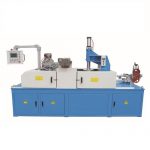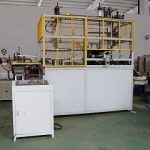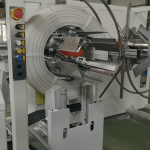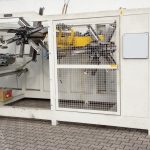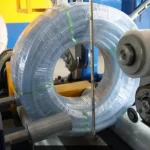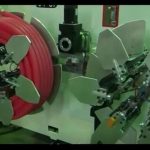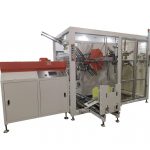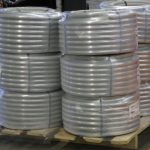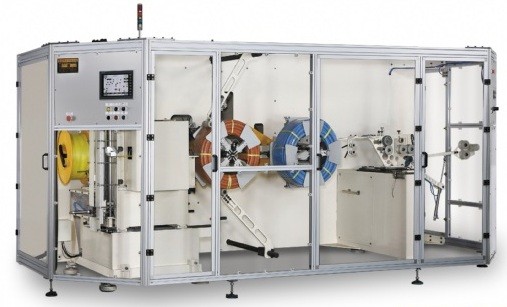
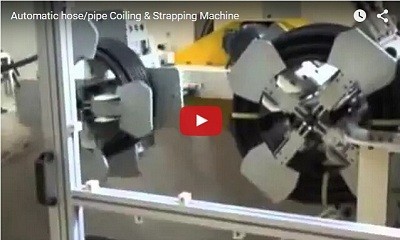
An automatic hose and pipe winder is a device used to help neatly and efficiently coil and store hoses, irrigation pipes, and other long flexible tubing. This means that you no longer need to rely on manual labor to wind your hoses and pipes, reducing the risk of injury and increasing productivity. With an automatic solution, you can wind your hoses and pipes with ease, ensuring that they are delivered to your customers in top condition.Some key features and benefits of automatic hose and pipe winders include:
- They help prevent tangled, twisted and kinked hoses which can be difficult and time-consuming to unwind. This helps keep hoses in good condition and prevents damage.
- They keep hoses and pipes organized and tangle-free so they can be quickly deployed and retracted as needed. This makes the hoses easier to access and use.
- They conserve space by allowing you to store more hose in a compact coil. Some winders can reduce hose lengthby 50-75% compared to folding or looping the hose.
- They distribute weight evenly which prevents strain on any single part of the hose. This helps extend the lifespan of the hose.
- They come in a variety of sizes and capacities to suit different hose diametersand lengths. There are options for garden hoses, fire hoses, irrigation pipes, air hoses and more.
- Most hose and pipe winders are mounted on a rapid unwinding axle or reel which allows for easy accumulation and release of hose length using a release handle or trigger. Some also have added braking systems for controlling hose release.
- They minimize tripping hazardsby keeping hoses off the floor and contained in an organized coil.
- Higher quality winders are built to withstand frequent unwinding and coiling of hoses without damage.
contact with info@fhopepack.com for more infromation
automatic pipe coiling machine & winder machines from Fhopepack offer;
1. Ease operation and maintenance with HMI and PLC.
2. Coiling size easy changing.
3. Automatic counting the length of the tube
4. Automatic cutting the length
5. Automatic strapping the coiling and out feeding in winder.
